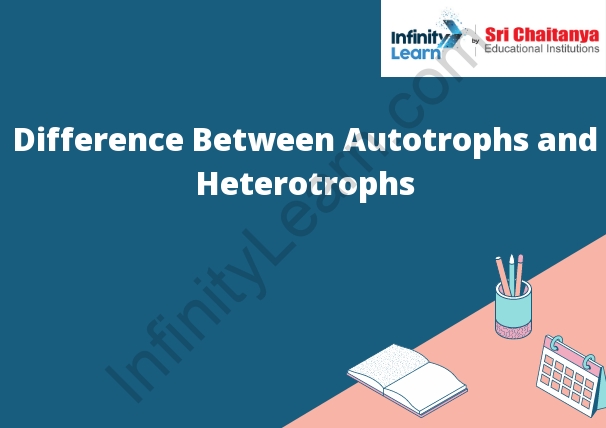Table of Contents
Autotrophs and Heterotrophs
Autotrophs are organisms that can produce their own food from simple inorganic molecules, while heterotrophs are organisms that cannot produce their own food and must obtain energy and nutrients from other sources.

Difference between Autotrophs and Heterotrophs
Autotrophs are organisms that can produce their own food from inorganic substances, while heterotrophs are organisms that require pre-formed organic compounds to live.
Autotrophs
are organisms that can produce their own food from simple inorganic molecules, while heterotrophs cannot.
Autotrophs are organisms that can produce their own food from simple inorganic molecules. This ability to create their own food makes them self-sufficient and independent from other organisms. Heterotrophs, on the other hand, cannot produce their own food and must rely on other organisms for sustenance. This makes them dependent on others for survival.
Heterotrophs
are organisms that require organic molecules from other organisms to survive. Heterotrophs can be classified by the type of organic molecule they require:
– Photoheterotrophs use light energy to convert organic molecules from other organisms into their own organic molecules.
– Chemoheterotrophs use chemical energy to convert organic molecules from other organisms into their own organic molecules.
Flow Chart of Autotrophs and Heterotrophs
The flow chart illustrates the process of autotrophs and heterotrophs. Autotrophs are organisms that produce their own food from simple inorganic molecules, while heterotrophs are organisms that require pre-formed organic molecules to survive.
The process begins with the sun’s energy, which is used by autotrophs to produce organic molecules from simple inorganic molecules. These organic molecules are used by heterotrophs to produce energy and cellular components.
Autotrophs and Heterotrophs Key Points
Autotrophs are organisms that can produce their own food from simple inorganic molecules, while heterotrophs are organisms that cannot produce their own food and must rely on other organisms for sustenance.
Autotrophs can be further divided into photoautotrophs, which use light energy to produce food, and chemoautotrophs, which use chemical energy to produce food.
Heterotrophs can be divided into two major categories: primary consumers, which eat autotrophs, and secondary consumers, which eat other heterotrophs.
Autotrophic & Heterotrophic Nutrition:
The two main types of nutrition are autotrophic and heterotrophic. Autotrophic nutrition is a process where an organism produces its own food from inorganic substances, while heterotrophic nutrition is the process where an organism obtains its food from other organisms.
Types of Autotrophs
There are three types of autotrophs: photoautotrophs, chemoautotrophs, and lithoautotrophs.
Photoautotrophs use light energy to produce organic molecules from inorganic molecules. They include plants, algae, and some bacteria.
Chemoautotrophs use energy from chemical reactions to produce organic molecules from inorganic molecules. They include some bacteria and archaea.
Lithoautotrophs use energy from inorganic molecules to produce organic molecules. They include some bacteria and archaea.
Questions Based on the Topic
1. What is the difference between a fact and an opinion?
A fact is a statement that can be proven true or false, while an opinion is a statement that reflects someone’s personal beliefs or feelings. For example, the statement “George Washington was the first president of the United States” is a fact, while the statement “I think George Washington was a great president” is an opinion.
2. What is the difference between a primary source and a secondary source?
A primary source is a firsthand account of an event or topic, while a secondary source is an account of an event or topic that is based on someone else’s primary source. For example, if you are researching the American Revolution, a primary source would be a letter written by George Washington during the war, while a secondary source would be a book about the American Revolution that was written by a historian.
3. What is the difference between a thesis statement and a topic sentence?
A thesis statement is a statement that expresses your position on a topic, while a topic sentence is a sentence that introduces the main idea of a paragraph. For example, if you are writing a paper about the American Revolution, your thesis statement might be “The American Revolution was a pivotal moment in history,” while a topic sentence in your first paragraph might be “The American Revolution was a conflict that shaped the future of the United States.”








